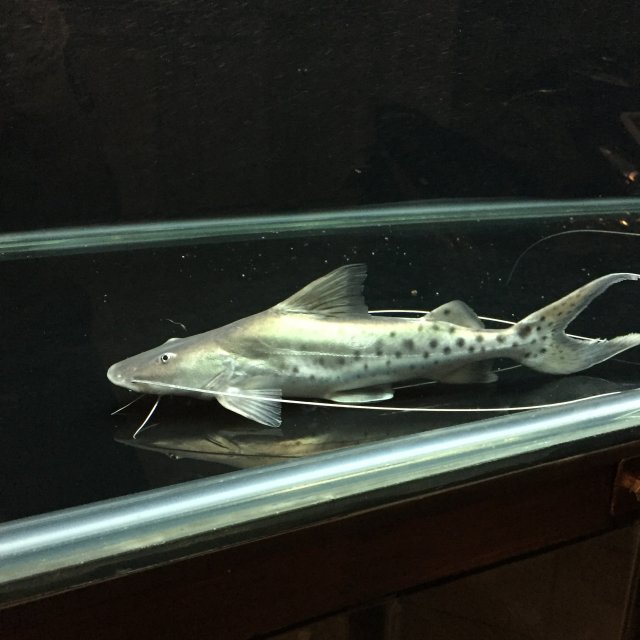There have been a few relatively recent threads where we as a community reached a consensus that the true piraiba (neither B. capapretum, nor some alleged but never shown hybrid) can be expected to grow at an astounding rate reaching 2' in 6 months, 4" a month, in adequate care.
In a large part, we thought that this is how we can also distinguish B. filamentosum from other look-alikes, like capapretum, supposed hybrids, undescribed Brachie spp.
Or so I gathered.
Having been speaking to Wesley Wong recently, I have come to realize that I could have been wrong.
###############################################################
I'm proposing MFK huddle up and at least put together the growth rate data in this thread that:
[1] we did observe with true piraibas from the firsthand experience, and
[2] we may know from verifiable, trusted sources with references included.
################################################################
I do realize, as Wes pointed out, that the growth rates are subjective and may and do vary a lot ... but there must be a bell-shaped graph of distribution of observed growth rates and such a thing as an objective, mean, and expected growth rate, which is obtainable with enough data points. Thus, maybe, just maybe, we may start getting a better understanding if we all chip into this effort.
Surely, there may not be enough data at the moment because this fish is seldom kept but this means there is room to keep chipping away at the issue.
In a large part, we thought that this is how we can also distinguish B. filamentosum from other look-alikes, like capapretum, supposed hybrids, undescribed Brachie spp.
Or so I gathered.
Having been speaking to Wesley Wong recently, I have come to realize that I could have been wrong.
###############################################################
I'm proposing MFK huddle up and at least put together the growth rate data in this thread that:
[1] we did observe with true piraibas from the firsthand experience, and
[2] we may know from verifiable, trusted sources with references included.
################################################################
I do realize, as Wes pointed out, that the growth rates are subjective and may and do vary a lot ... but there must be a bell-shaped graph of distribution of observed growth rates and such a thing as an objective, mean, and expected growth rate, which is obtainable with enough data points. Thus, maybe, just maybe, we may start getting a better understanding if we all chip into this effort.
Surely, there may not be enough data at the moment because this fish is seldom kept but this means there is room to keep chipping away at the issue.



